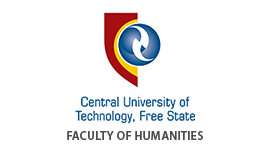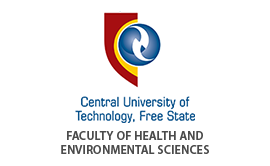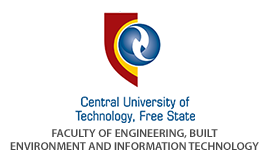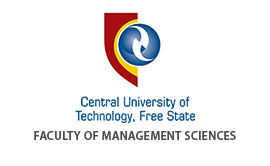Harnessing Sunlight for Speed at CUT: Seilatsatsi's Journey in the Sasol Solar Challenge

The use of solar photovoltaic energy is on the rise globally. According to the International Energy Agency, in 2023, solar photovoltaic (PV) accounted for three-quarters of renewable capacity additions worldwide.
At the forefront of this solar revolution is the Seilatsatsi solar car project at the Central University of Technology (CUT), established in 2018 under the guidance of Professor Nicolaas Luwes. The team's work is not just about building a car - it's about inspiring a new generation of engineers and innovators worldwide.
Participating in the Sasol Solar Challenge, a gruelling eight-day event is a testament to the Seilatsatsi team's commitment to innovation. This renowned challenge, known for its unique and demanding conditions, including unpredictable weather and a total altitude drop of nearly 2,000 km, provides the ultimate test for the often newly launched technology inside solar cars.
"The Sasol Solar Challenge is a platform for us to showcase our innovation and commitment to sustainable mobility. It's not just about building a solar car; it's about inspiring the next generation of engineers and innovators," says Luwes.

The history of solar cars is fascinating. The first one was invented in 1955 by a General Motors employee, William Cobb. It was a tiny 15-inch vehicle that caused quite a stir when it debuted at the Powerama car show in Chicago.
Then, in 1976, Alan Freeman developed the first legally driven solar car. This three-wheeled vehicle, crafted into an aerodynamic shape, was powered by both sunlight and pedals.
The evolution continued when, in 1985, Switzerland hosted the Tour de Sol, the first-ever rally for solar-powered vehicles. Seventy-two vehicles participated, and 50 finished the trek, powered entirely by onboard solar power and one initial charge of the onboard accumulators. Thousands of spectators lined up on the roads to observe the race.
In both the 2018 and 2022 Sasol Solar Challenge, team Seilatsatsi demonstrated its commitment to community engagement. It was awarded for its innovative approach of showcasing technologies to hundreds of school learners along the route. By providing 360° footage shot from the solar car on virtual reality headsets, learners gained an immersive driving experience, sparking their interest in renewable energy and engineering innovation.
In 2022, The team, however, couldn’t make it to the finish line due to unforeseen technical glitches in the battery of their solar car, which led to their withdrawal from the event on day two.
“While this was a major disappointment for the team, it also gave a lot of insight into how things could be improved for the future,” said Luwes. “Overall, the 2022 Sasol Solar Challenge was a great learning experience for each and every member of the team and one which will be consolidated to improve on the next Sasol Solar Challenge.”
The latest car, Ntsu, represents a significant advancement over its predecessor, Pere ea Letsatsi (The Sun Horse). Ntsu, an eagle in Sesotho, is built for maximum efficiency and performance. They’re following this up in 2024 with the Ntsu 2.0, which promises even more technological advancements. “An eagle can soar higher than other birds with almost no energy lost. Fitted with the state-of-the-art technology that will make it soar like an eagle, our new design looks like an eagle’s head, and we’re hoping it will fly–or rather, drive like an eagle,” says Luwes.
The solar car project at CUT is more than just about competition—it's a transformative force for the future of solar-powered mobility. The technologies and innovations tested and developed during the challenges could potentially revolutionise everyday electric vehicles and renewable energy applications. For the students involved, it's a hands-on learning experience that exposes them to cutting-edge technologies and industry-standard practice. It also raises their interest in STEM subjects.
The team aims to promote local culture by integrating local methodology with advanced technologies and establishing a branding connection between Africa and advanced technology. They aspire to be a local skill set group for digital and designing solutions of a renewable and mechatronic nature, both locally and internationally.
Uploaded: 30 April 2024
CUT welcomes Mr Galeboe Mogotsi as Chief Information Officer
Galeboe Mogotsi, CUT’s newly appointed Chief Information Officer.The Central University of Technology,...

CUT Hosts First Convocation Induction Following Reconstitution, Strengthening Alumni Partnership and Institutional Governance
Members of the convocation celebrate a new chapter in CUT’s alumni governance. The Central University...

CUT Formalises Strategic Collaboration with Henan University of Engineering
Back row: Prof Yue Guoning, Professor, School of Management Engineering, Mr Liu Rugu, Director: International...



